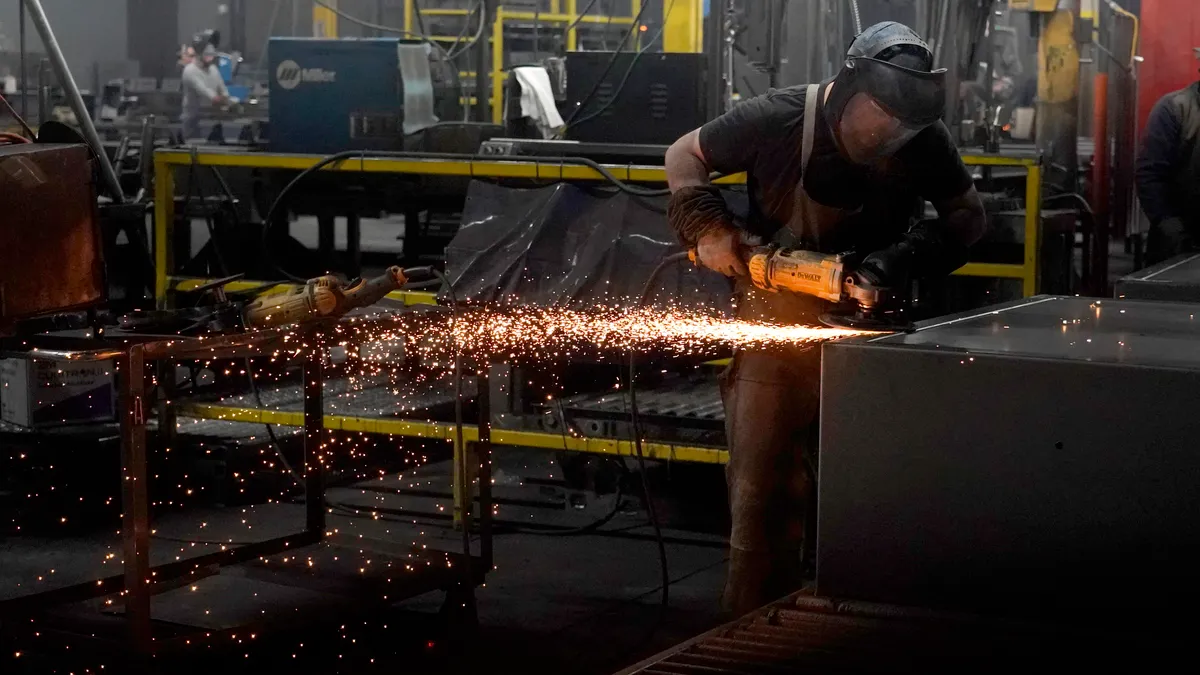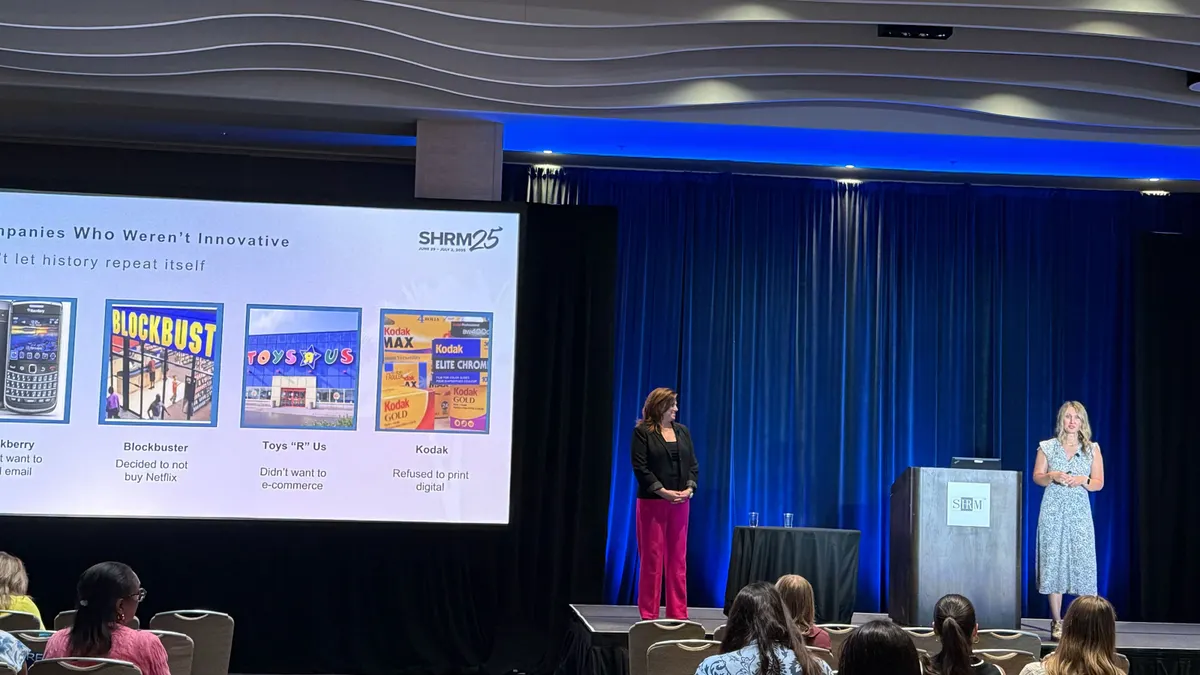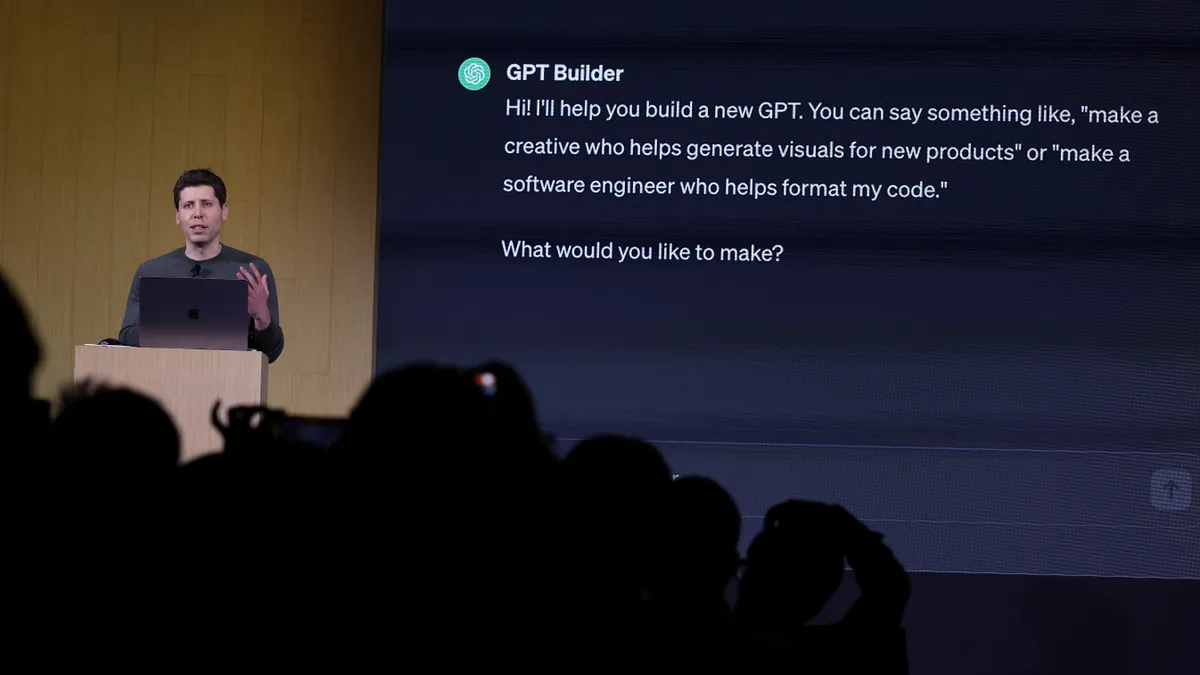How do you develop a unified system that helps 4 million learners who hold a variety of specialties stay current, retain knowledge and put into practice new learnings? That was the challenge facing ANA Enterprise, a professional association and credentialing organization serving registered nurses across the U.S.
"Without ongoing professional development," Karen Somerville, vice president and general manager of products and services at ANA, said in an email to HR Dive, "health care delivery and patient outcomes would suffer. At the same time, nurses and health care providers are expected to process new information and regulations at the speed of light."
In conversations with several key players, HR Dive discussed the challenges ANA Enterprise had with its current training protocols and the complexity of revamping the system.
Diagnostics
Like many organizations, ANA Enterprise has multiple subsidiaries. Each used its own learning management system (LMS) and its own means to allow learners to access and purchase content. These disparate processes made it difficult for leaders to share content, often leaving learners unengaged and generally without a consistent mechanism for feedback.
ANA decided to meet the problem head-on: find a single, easy-to-access platform with more engaged, personalized learning tailored to meet the needs of nurses at every stage and circumstance of their professional career. It was a tall order, as is the case for the creation of any advanced learning model, Pamela Boyers, associate vice chancellor, clinical simulation at the University of Nebraska Medical Center, told HR Dive in an email.
"What I can tell you is that the planning process is quite complex taking an interesting partnership with the content developers (artists, animators, computer programmers etc.) and the nursing curriculum/training subject matter expert," Boyers said. "For those of us responsible for entering world of creating 'serious games' for healthcare professionals, these interactive, visual modules for healthcare require a high degree of realism and medical content accuracy."
The goal in adopting gamification, Boyers said, is to not only improve the learning experience, but also to impact the outcomes of patient safety in terms of quality and safety of care. Considerable planning is required, and the length of time it takes to roll such programs out largely depends on the complexity of the module being created.
After an 18-month global search for a platform that could both address today's challenges and grow with ANA Enterprise into the future, the association found D2L's learning experience platform, Brightspace. It fit the bill for the new "dynamic, interactive model of learning" ANA hoped to build.
Treatment protocol
With Brightspace, ANA Enterprise created a single point of contact, combining multiple systems into a streamlined, one portal approach. "Next up," said Somerville, "we needed a complete content and learning materials revamp. ANA worked with D2L to break down and restructure our learning materials, so we would end up with engaging, personalized content instead of 'death by PowerPoint.'"
ANA Enterprise utilized the latest in advancements in brain science combined with adult learning principles to promote better learner engagement and knowledge retention across training materials. ANA Enterprise was also able to group content and make modules available within course shells; capture and stream live webinars through its video capture software; and upload and integrate sharable content object reference model (SCORM) objects like quizzes and surveys into specific courses. "Gamification features such as badging are a key component that further encourages learner engagement by incentivizing users to complete certain lessons or assignments," Somerville said. ANA Enterprise leverages external content providers and subject matter experts with the portal by easy linking to external content.
With the consolidation of multiple technologies and customizations to ensure integration, the first phase took six months to create and administer test accounts. The period between test and administration took another six to 12 months, depending on customization.
"For any organization, it's very important to set goals on what outcomes they really want from gamified learning right from the start — whether this is training employees to increase their knowledge, engaging employees, customers and partners, or simply for team building purposes," Falguni Bhuta, head of partnerships and communications at Kahoot!, told HR Dive in an email.
Test results
ANA Enterprise now offers more than 400 courses through the Brightspace platform, which has drawn more than 4,000 new users a month since implementation — almost double the number of users of the previous individual learning systems.
Using a net promoter score to track performance and satisfaction, learners were asked for opinions on the presenter, content, impact on their practice, and future usefulness. Scores increased from an average five out of 10 before Brightspace to an average of eight out of 10 using the platform.
"Over a three-month period," Somerville said, "the organization experienced a 50% month-over-month increase in participation for self-directed courses." With a newly redesigned "Amazon-like" e-commerce system, delivered through D2L's partnership with Course Merchant, the results included a 60% improvement in the progression of a site visitor from viewing available courses and materials to actually purchasing. "Now," Somerville added, "nurses have access to one tech support, and the opportunity to prepare for and build confidence to take their certification exams and more."
"We find that both nursing educators and learners respond with excitement, enthusiasm — and amazing creativity when offered the opportunity to adopt interactive and highly visual technologies and support to create new ways of learning," Boyers said. "In my experience and speaking generally of course, nurses are highly visual in the way they learn — and they also especially appreciate the ability to have learning that enables collaboration and interaction. They have been rapid adopters of the interactive digital walls that collaborate across distance, for example."
Long-term prognosis
ANA Enterprise's teams are already beginning to experiment with their own content production for courses, in order to be more in control of "meeting learners' specific needs as they navigate through the ever-changing healthcare landscape and to support their goal to offer the best class approach for nurse professional development.
"To continue to serve ANA's mission," writes Somerville, "we plan to continue to expand our engaging customer learning programs across the globe and extend our training content more generally to nurse-consumers — which means that in the future, ANA's areas of training content will expand exponentially."
Still, not all organizations will be able to adapt easily to gamification in training, Bhuta said. "A traditional classroom, lecture-based training may not reap the best results," she said, "while using game-based learning methods will show better response and engagement rates." For busy, deskless employees, mobile/self-paced training is an excellent fit. "Some companies are using advanced techniques to train employees such as virtual and augmented reality to emulate role-playing."



















